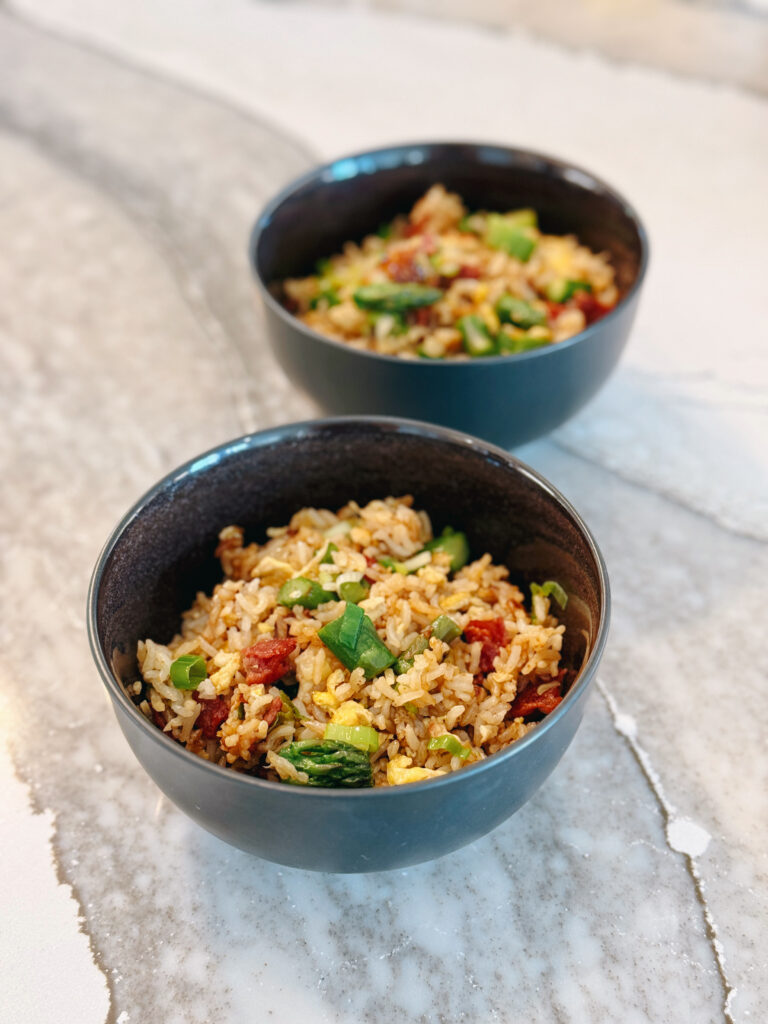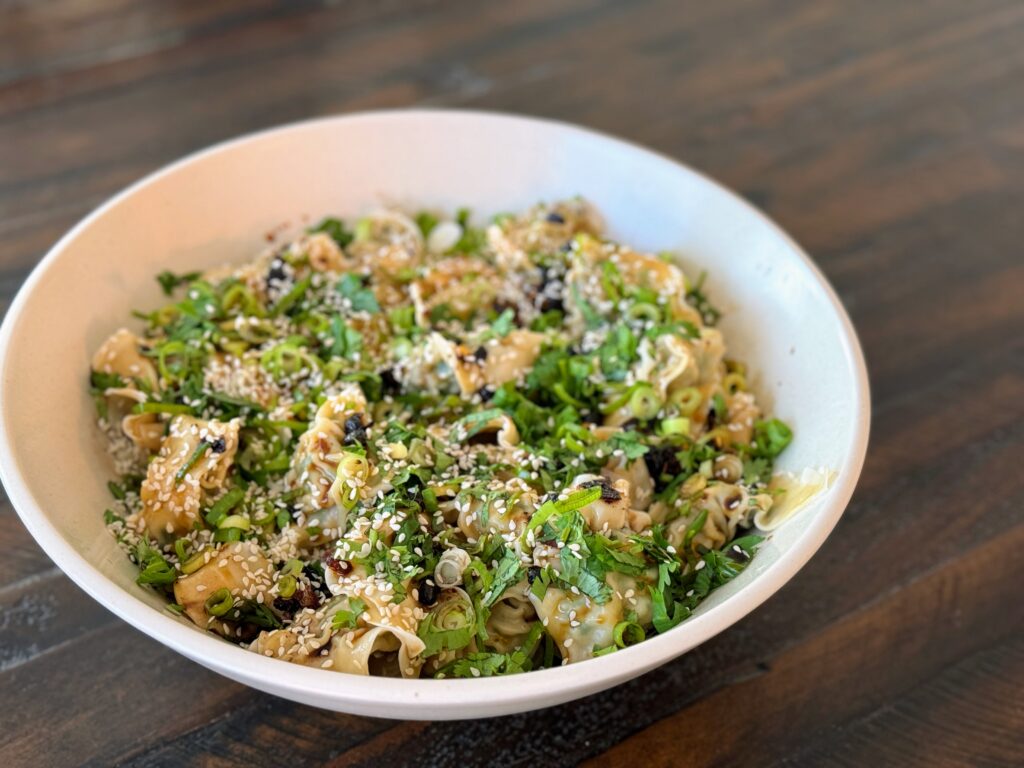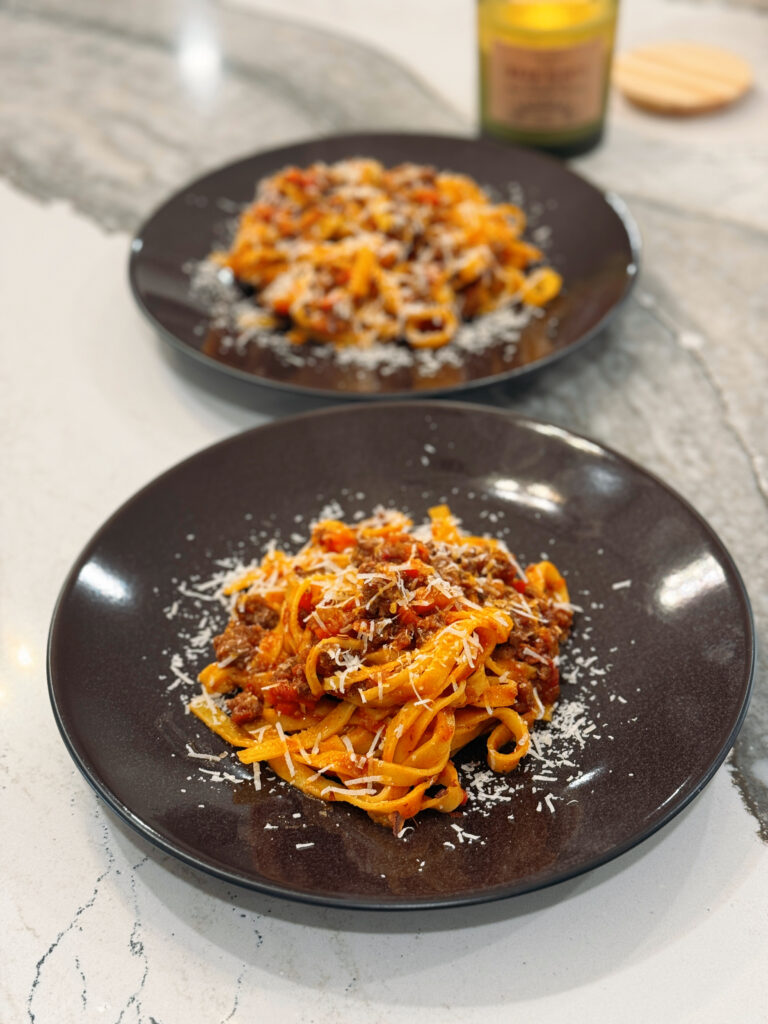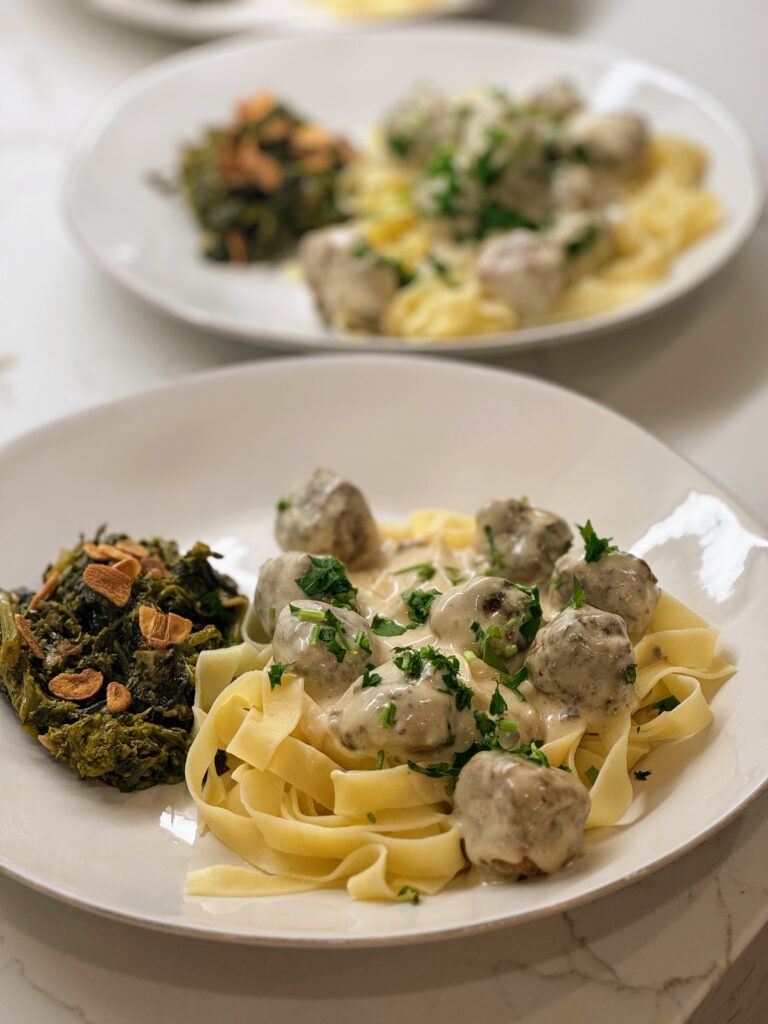It’s tomato season! It’s cliche, but if you have top-notch ingredients you really don’t need a whole lot else. When you get your hands on some homegrown Sungold (or similar cherry-esque) tomatoes, make this summery pasta dish. Get the best quality fresh pasta you can find too. Or better yet, make your own.

Ingredients:
- 1 tablespoon olive oil
- 12 ounces fresh tagliatelle pasta (or similar)
- 4 garlic cloves, thinly sliced
- 1/2 teaspoon crushed red pepper flakes
- 2 pints Sun Gold tomatoes, cut into halves, divided
- Salt
- 4 teaspoons butter, cut into pieces
- 1 teaspoon fish sauce
- 1 1/2 cups finely grated Parmesan cheese, plus more for serving
- 4 tablespoons torn or sliced basil, divided
- Heat olive oil in a large Dutch oven or other heavy pot over medium. Add garlic cloves and red pepper flakes; cook, stirring often, until garlic is golden and fragrant, about 2 minutes. Mix in 1 pint tomatoes, a big pinch of salt, and ¼ cup water. Cover, reduce heat to medium-low, and cook, stirring occasionally, until tomatoes burst and become saucy, 6–8 minutes.
- Meanwhile, cook pasta in a large pot of boiling salted water according to package instructions, stirring occasionally, until al dente.
- Using tongs, transfer pasta to pot with tomato sauce. Add butter, fish sauce, remaining tomatoes, 1 1/2 cups Parmesan, and 2 tablespoons of the basil. Using tongs or a wooden spoon, cook, stirring and adding a few tablespoonfuls of pasta cooking liquid if needed, until pasta is coated and glossy, about 2 minutes.
- Divide pasta among serving plates and top with more Parmesan and remaining basil.




